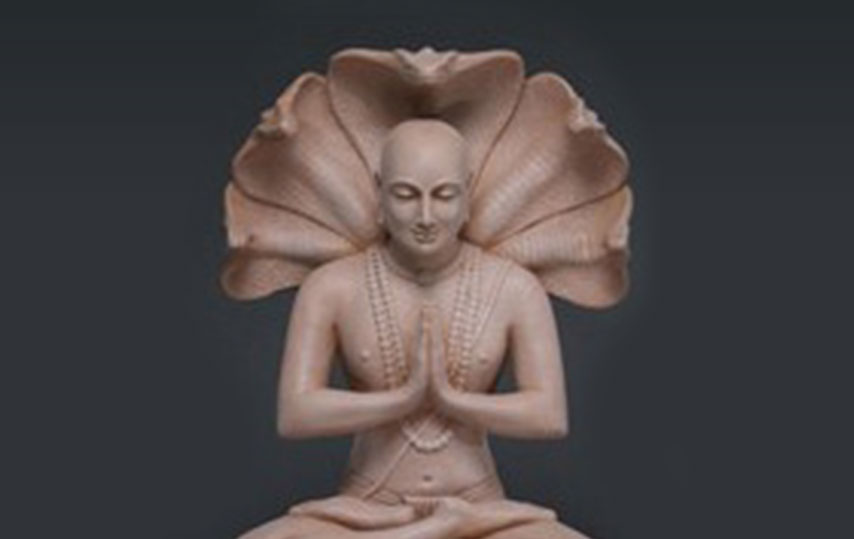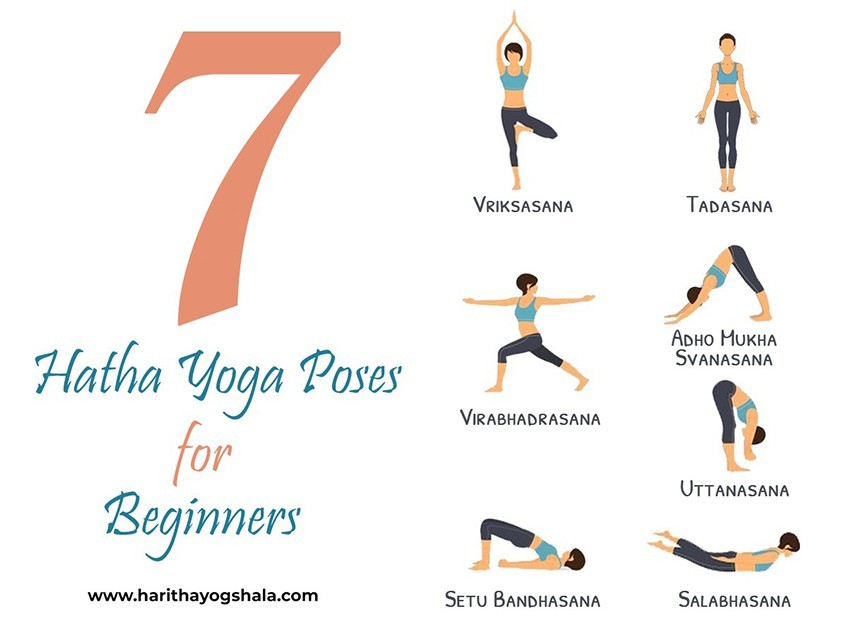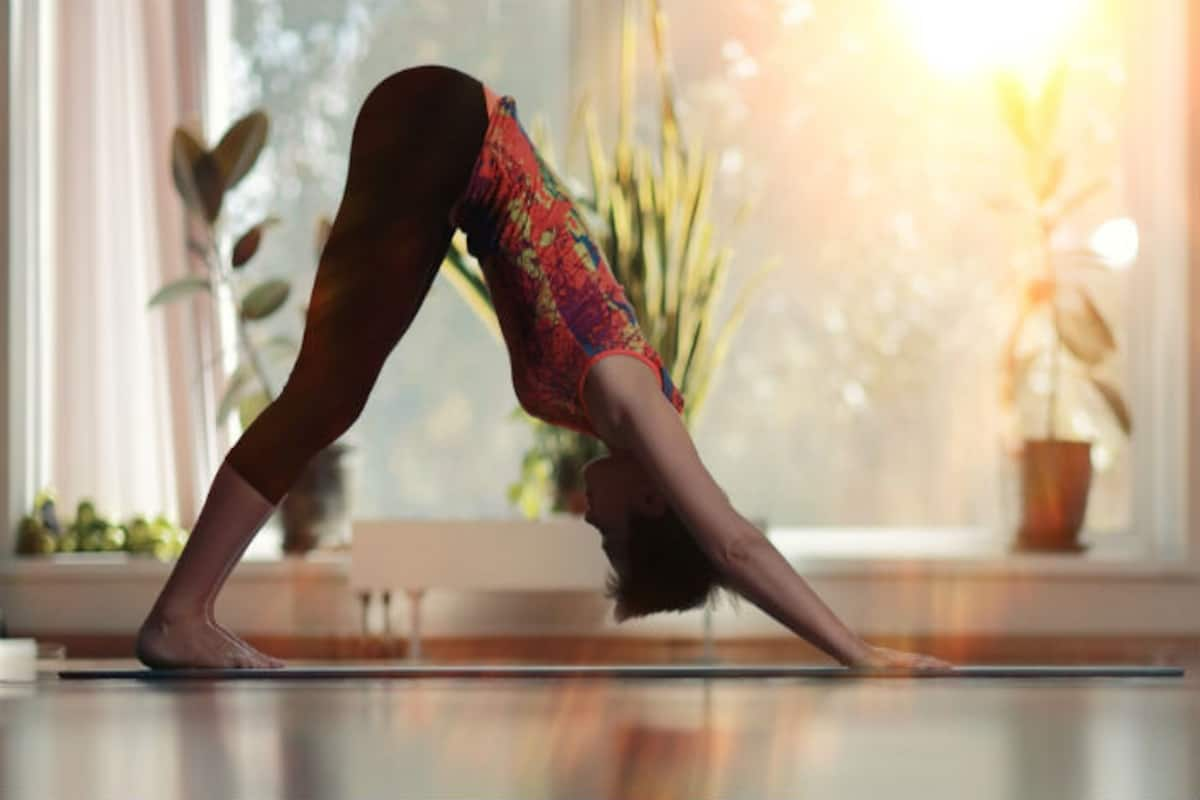
Avatars can be used to represent individuals online. They can be graphic, 3D, and iconographic. Images of people, ideas or places are common. Ultima IV, Quest of the Avatar: This was the first game which made use of avatars. In Ultima IV: Quest for the Avatar, players were required to imagine themselves as their avatar. Richard Garriott de Cayeux is the creator of this role-playing game. He is also known as one of the fathers in the videogame and commercial spaceflight industries.
A 3D, pictorial or icon representation of a person online
An avatar is an image, icon or 3D representation that a user creates to identify themselves with the person. Since the advent of the World Wide Web, avatars have been popular online. Computer games are what fueled its popularity. It is common for people to create avatars in order to express their individuality.
Many uses are possible for avatars. They are most common in online forums and chat rooms. They can represent a real person or a fictional character. You can also use an avatar for your profile picture.

An ideal customer avatar
The first step in creating a customer avatar is to identify the persona. Identify their title and duties. Identify their motivations and challenges. Determine their values, passions, and attitudes. These questions help you create a better understanding of the ideal customer. Once you have all the information, you can start asking more complex questions.
Your Ideal Customer Avatar's organizational image will help you target your messages effectively. It will also allow you to fine-tune your products, content, or presentation style. It can help you tailor your message, and even your product development, by analysing the organizational picture and the demographics for your ideal customer.
A god-incarnation
Avatars can be gods or humans who directly resemble God. Avatars are believed in by many religious traditions. These include Buddhas, Muhammad, Jesus Christ, and Muhammad. Others believe in the incarnations of gods or godesses from ancient times. According to Hindu tradition Buddha, Vishnu was the incarnation. He spoke the ancient teaching of Dharma and treated the sick.
Hindus believe Gods come in the form and persona of humans to fulfill their purposes. This means that a God may appear as an animal or human being to save humanity. Hindus believe that avatars are gods who take human forms for special reasons. Vishnu, who took on human form in order to save humanity, was Rama's battle against Ravana. Although the Hindu idea of an avatar is well-accepted, some Christian and Jewish theologians believe it to be an incorrect definition.

A representation of an idea or person
An avatar represents an individual's image. One person can represent an avatar. However, multiple users may also portray it. Although a single user is the most common avatar embodiment, virtual co-embodiment can involve multiple users displaying a single avatar. The avatar will then reflect the movements of different users. Each user will control a different part of the avatar.
Avatars are digital representations that represent a person or an idea. They can interact with another user's computer in many different ways. They can manipulate windows, play games and perform other actions. They can also communicate via speech or text with another user. In most cases, these acts are harmless, and can be undone by the other user. This gives the user privacy.
FAQ
What happens to your body if you do yoga every morning?
You feel calm, relaxed, and centred. It can improve your posture, balance, flexibility, and overall health.
You are more aware of how your body feels when you move. This awareness makes you more mindful and conscious of yourself.
Your concentration can also be improved by yoga.
Your mind is sharper, clearer, and more focused. It calms your nervous system. It lowers stress levels. And it gives you a sense of peace and well-being.
After I do yoga, will my clothes still fit?
Most likely, yes. Many yoga pants are elastic at the waist and stretch when worn. They should also be comfortable enough to wear during your workout without feeling constricting.
Yoga pants may not fit well if your weight has dropped recently. This is why you might opt for shorts or leggings.
Do I need to get warm before doing yoga?
No. It doesn't matter if you are warming up before starting a yoga class.
Stretching your muscles before you exercise can help to loosen stiff muscles.
What are the health benefits of yoga?
Yoga is an ancient practice that originated in India. As a way of improving mental health and fitness, Hindu monks created it over several centuries. Many people use yoga to relieve stress and relax. Many people believe yoga can help them increase their strength and flexibility.
Yoga also improves balance and coordination, which makes it a great exercise for older adults who want to stay active. It can help prevent injuries from falls or other causes.
Yoga is good to your heart because it strengthens you cardiovascular system. This is especially helpful for those who are obese, have high blood sugar, or have diabetes.
Yoga also reduces stress, anxiety, depression, and insomnia. These conditions often lead to chronic pain, so practicing yoga may be especially beneficial for those with arthritis and fibromyalgia.
As you age, your muscles lose some of their elasticity. Yoga helps keep your muscles flexible. You'll find that yoga gives you more energy and stamina as you age.
According to the National Institute on Aging, regular yoga can reduce depression symptoms such as fatigue and feelings depressed. According to the Institute, yoga can reduce cholesterol and increase bone mass.
Yoga also can help relieve back pain and headaches. The slow pace of yoga and its gentle movements are particularly helpful in reducing muscle strains and spasms.
What do I need in order to practice yoga?
You'll need a pad (some are foldable), loose clothing, and something to put under your head as you lay down.
You may also need props like blocks, straps or bolsters, blankets, towels, or blankets for specific poses.
You don't really need anything else. Yoga is a commitment.
Statistics
- Start your Fall off right with 20% off All Access Membership when you sign up by 9/25! (corepoweryoga.com)
- A 2020 review of 27 studies (1,805 total participants) of yoga interventions in children or adolescents found reductions in anxiety or depression in 70 percent of the studies, with more promising results for anxiety. (nccih.nih.gov)
- The people in the yoga group were 37 percent more likely to have quit smoking by the end of the 8-week program. (nccih.nih.gov)
- According to calorie estimates calculated at Harvard Medical School, the average 125-pound person burns about 120 calories in a half hour of hatha yoga, and a 185-pound person burns about 178 calories in that half hour. (everydayhealth.com)
- In comparison, a 125-pound person is estimated to burn 135 calories in 30 minutes of walking (at a pace of 15-minute miles) and 210 calories bicycling at a moderate pace on a stationary bike. (everydayhealth.com)
External Links
How To
Is yoga a great workout?
Yoga isn't for people who just want to lose weight. Yoga is not just for those who want to lose weight. It helps them develop flexibility and balance.
Yoga isn’t just exercise. Instead, it’s an art form. The poses are used as a way to relax and meditate. These poses help improve our posture, concentration, breathing, and overall health.
A "yogi" is someone who practices yoga. Yogis follow various forms of yoga, including Hatha, Ashtanga, Iyengar, Vinyasa, Bikram, Kundalini, Yin Yang, and Restorative.
Although there are many styles of yoga, they all share the same goals. Each type focuses on different aspects of health and wellness. Some yoga styles include meditation, pranayama, and Hatha.
These yoga moves don't require any equipment
-
Sun Salutation - This series of 12 postures starts with a forward bend, followed by 10 other poses.
-
Warrior pose - This is when you hold a stick or a staff and take a warrior's pose.
-
Triangle Pose – This is a pose where you raise one leg behind your head and bend at the knee.
-
Standing Forward Bend: This pose involves sitting straight up on the ground and folding forward at your waist.
-
Seated Twist – This pose can be performed while seated on either a chair or a mat.
-
Cobra Pose – This is a pose where you lie flat on your back and raise your arms above your head.
-
Child's Pose - This pose is done while lying face up on the ground.
-
Cat/Cow Pose: This combination of a cow and cat pose is called the Cat/Cow Pose. As you lie face down, lift your upper body off of the ground. Now roll to your side, and then place your hands below your shoulders.
-
Head tilt - This is a pose where you tilt your head back while keeping your eyes open.
-
Shoulder Stand: This is when you stand straight with your feet up and your arms extended above your head.
-
Tree Pose - This pose is achieved while kneeling on your knees with both hands placed underneath your shoulders.
-
Bow Pose – Bend forward from the hips to complete this pose. Then, place your palms on top of the ground and bend forward.
-
Corpse Pose – This pose can be held for up to five minutes.
-
Mountain Pose- You can call this mountain pose because your spine is straight up and you are tall.
-
Legs up the wall Pose - This is a pose where you hang upside-down from a brick wall.
-
Side Angle Pose -- This pose requires you to lean against a wall and place your right arm in front of the wall.
-
Plank Position- When you lie on your stomach and extend your left hand and right foot apart, you can achieve this position.
-
Bridge Pose – This is a pose where you balance on your elbows, and toes.
-
Reverse Table Top Poses - To achieve this pose, lie on your stomach while reaching your arms toward your ceiling.
-
Handstand: This pose requires balance as well as strength. This pose requires you to hold on to two walls or a doorframe.
-
Half Moon Pose - This pose is also known as Hero Pose. It involves standing on your hands with your toes.
-
Headstand (or Hold) - This requires strength and balance. This pose can be done on a wall, or by using a doorframe.
-
Forearm Balance - This pose is performed on your forearms resting on a tabletop.
-
Spinal twist - This is a pose where your belly lies while your arms reach your arms.
-
Supported Bound Angle Pose - This pose requires balance and support. For support, use a beam or tree branch to help you balance.
-
Wide Leg Forward - This position involves extending your legs and touching your toes.
-
Single Pigeon Pose -- This pose is similar in style to the forward fold with one leg, but it only involves one leg.
-
Extended Puppy Dog Poses are very relaxing. This is done by stretching your legs outwards and bending your knees.
-
Sitting Forward Bend - This position involves sitting cross-legged and stretching the hamstrings.
-
Crow Pose is a difficult pose that can be very rewarding once you have mastered it. The trick is to raise your arms higher than your head and lower them so that they touch the ground.